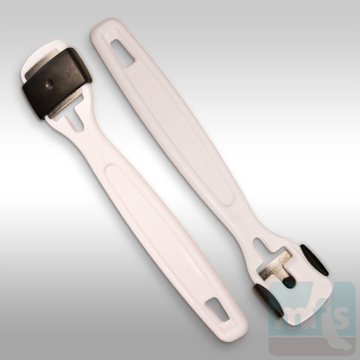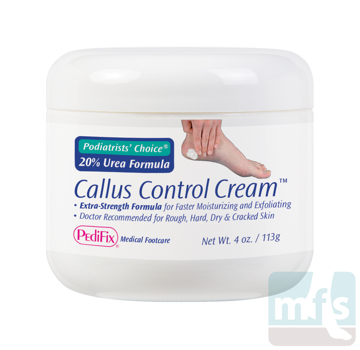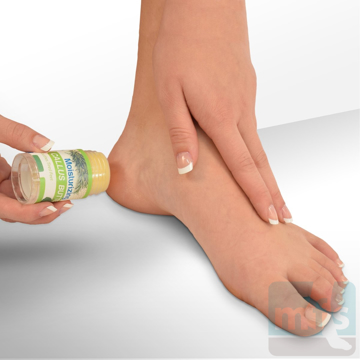What are heel fissures and how are they treated? This article explores the treatment options for cracked heels and heel fissures.
What are heel fissures?
Heel fissures are a unique and often misunderstood type of callus. Most areas of callus are formed by a physical irritation to the skin. Think of when you work in the yard with a shovel or rake. The first response of the skin is a simple blister. But if you continue the shoveling or raking, callus will form over the boney prominences of the palm. To slow this formation of callus, we might use hand lotion or a pair of gloves. This particular type of callus is caused by friction or direct pressure to a boney prominence. The skin reacts by increasing the thickness of the skin, and forms a callus.
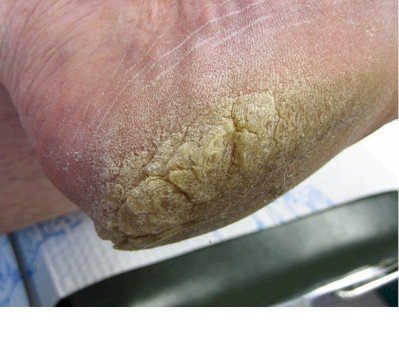 Heel fissures are also a form of callus but they form a bit differently. Heel fissures form as the result of tension on the skin and not pressure or friction. Let me use a simple example to describe how heel fissures form. Let's imagine that you're in your kitchen at the sink. You fill a balloon with water and tie the balloon. Holding the balloon at the knot you gently set the balloon down on the kitchen counter. Then lift it and set it down again. Each time you repeat this action, the walls of the balloon expand and stretch. Lift the balloon and the tension on the wall of the balloon is decreased.
Heel fissures are also a form of callus but they form a bit differently. Heel fissures form as the result of tension on the skin and not pressure or friction. Let me use a simple example to describe how heel fissures form. Let's imagine that you're in your kitchen at the sink. You fill a balloon with water and tie the balloon. Holding the balloon at the knot you gently set the balloon down on the kitchen counter. Then lift it and set it down again. Each time you repeat this action, the walls of the balloon expand and stretch. Lift the balloon and the tension on the wall of the balloon is decreased.
The pad of the human heel works in much the same manner. The pad of the heel is made of fat. The fat is encased in a fibrous network of fascia much like the honeycomb of a beehive. When we stand and apply pressure to the heel, the pad is compressed and tension placed on the walls of the heel. Release weight from the heel and the tension on the walls of the heel is released. Each time we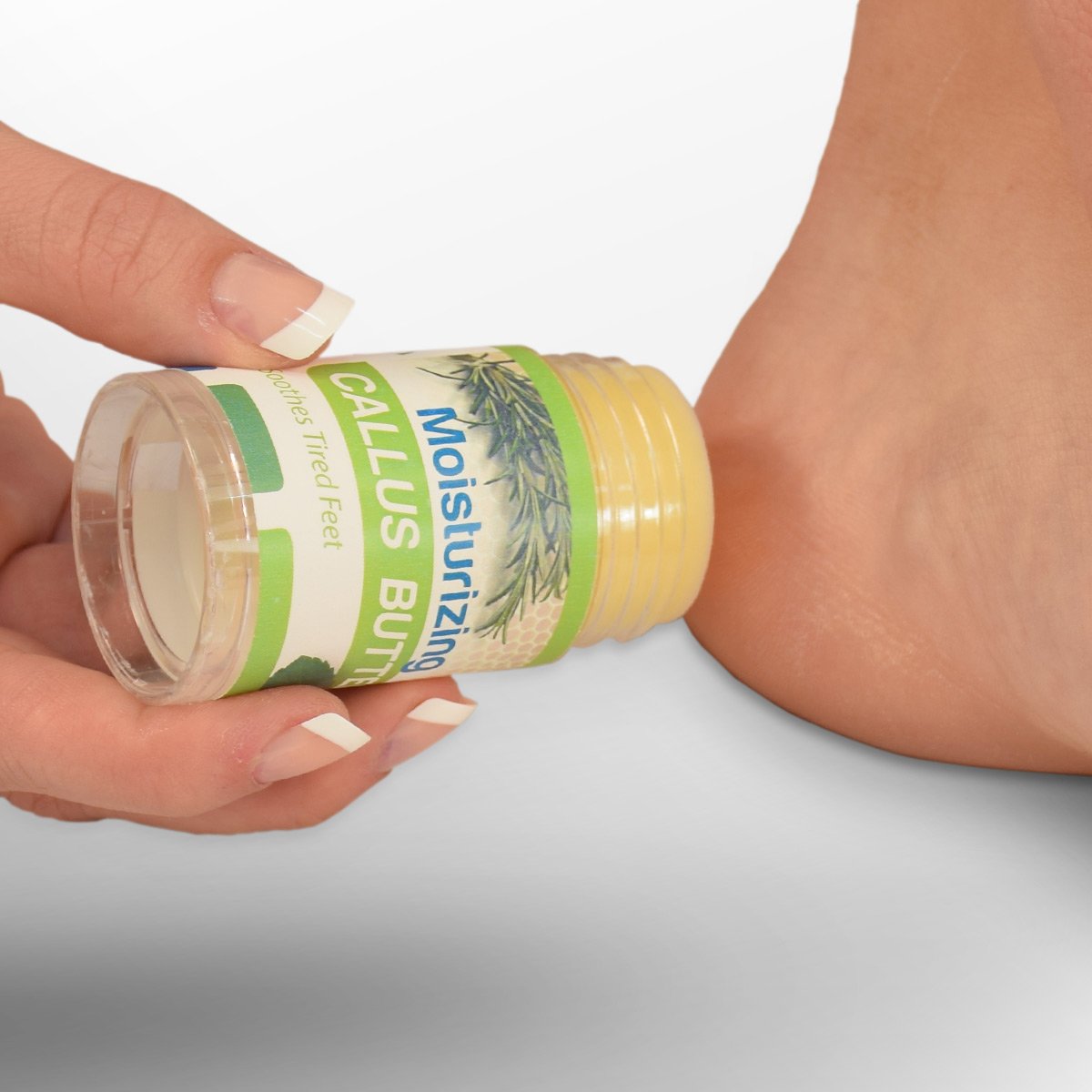 repeat weight-bearing, tension is applied to the walls of the heel that stimulate an irritation in the skin causing the skin to thicken. In time, as the callus surrounding the pad of the heel thickens, the callus will crack resulting in heel fissures.
repeat weight-bearing, tension is applied to the walls of the heel that stimulate an irritation in the skin causing the skin to thicken. In time, as the callus surrounding the pad of the heel thickens, the callus will crack resulting in heel fissures.
How do you treat heel fissures?
There is no long term solution. That means that treating heel fissures becomes an ongoing maintenance challenge. The best approach is to lotion the heel each day with a callus cream that is fortified with a keratolytic agent. A keratolytic agent is a chemical that breaks down keratin. Examples of keratolytic agents include urea, sal acid, and chlortriacetic acid. Even with the use of a 'callus buster', you'll still need to debride the callus with a pumice stone or callus file. Callus Butter is also a go-to for heel fissures, Callus butter is made from beeswax and cocoa butter and will treat even the toughest of calluses.
Jeff
Medical Advisor
Myfootshop.com
Updated 4/23/2021









